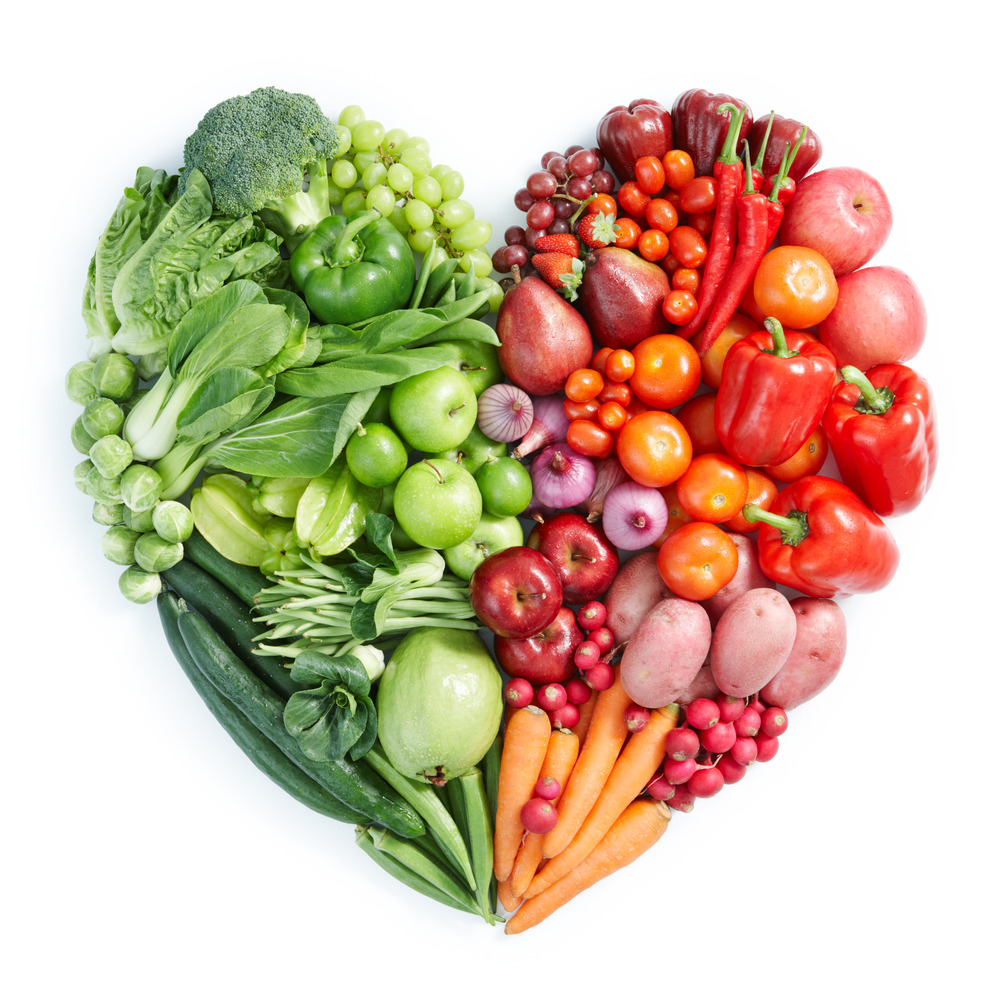
27/04/2014
At the Milken Global Conference in LA on Monday, I’ll be leading a roundtable of investors, business leaders, health advocates and policy experts on the perennial topic of how to get our country eating better, especially more fruits and vegetables.
The challenge isn’t a new one. On any given week, in Washington DC, where I’m based, you can probably find a couple of meetings on the problems of what we eat.
At the Milken Conference, we’re not spending time on problems, but the tremendous opportunities that come from feeding our country healthier food and more fruits and vegetables. Not just students or those living in underserved cities or those already interested in eating healthy food. Everyone.
If we do that, we’re likely not only to be healthier and get out from the burden of health care costs, we’re also going to create more than a few new billion dollar food and agriculture companies and drive up profits in many existing ones.
And it’s never been a better time to do so. Here why:
- While we care about our food more than ever — where it comes from, how it was grown, what it means for our health and the health of the planet — we’re paying food companies and culinary professionals more than ever to make our food choices for us. Last year, we spent over half our food dollars on meals prepared by others rather than ingredients to cook at home.
- Chefs and the restaurant and foodservices companies they work for are paid to serve up food that tastes good, and perhaps better than most of us can cook at home, and is priced right. They have great discretion in choosing which ingredients to use and in what amounts just so long as the results are delicious.
- Intensive livestock production is in crisis, shaking the foundation that underpins the burger, nugget, hotdog and shrimp basket part of the food system. Droughts across the western US have made it much more difficult to raise cattle, dropping herd sizes to multi-general lows and beef prices to record highs. Meanwhile, new rapidly spreading, hard to treat diseases have decimated many large-scale pork and shrimp producers that had relied on the extensive use antibiotics to prevent the spread of disease in overcrowded conditions.
- California is having a drought, in case you didn’t hear. For decades, most grocery stores and restaurants have relied on what has been the nation’s most productive agricultural region to grow much of the country’s produce. But the state isn’t just having a dry year. It’s having a mostly dry decade, as forecast by climate change models. Water is scarce for irrigation and fruit and vegetable production is down.
The situation isn’t likely to get better in the next few years. So it’s time to increase fruit and vegetable production in other regions along with the processing and distribution companies to support it. Florida, Maryland, Michigan, the Carolinas and many other states are rapidly seeing their food industry’s suddenly become players in national markets as the smartest companies start to spread their bets, and purchase orders, outside of California.
- We are facing a choice about what to grow on millions of acres of farmland, thanks to government action, just not the farm bill. Most farmland in the US has been used to grow corn and soybeans. But the market for both is disappearing. The upcoming decision to eliminate remaining trans fats will eliminate the market for about 4 million acres of soybeans used to make fats and oils. The reduction in the federal biofuels mandate also takes away the market for about 3 million acres of soy. And the decision by China and other countries not to import GMO corn and soy from the US eliminates a $6 billion export market.
That’s far more farmland than we need to grow all the fruits and vegetables are country needs to eat, according to a recent study by Jeffrey O’Hara from the Union of Concerned Scientists, who will join me at the roundtable.
Make everyone healthier. Make Money. Support our country’s farmers. Let chefs make smart choices and just keep serving us delicious food.
At Changing Tastes, we think the time is ripe.
Fonte: linkedin.com
LEGGI GLI ALTRI BLOG
